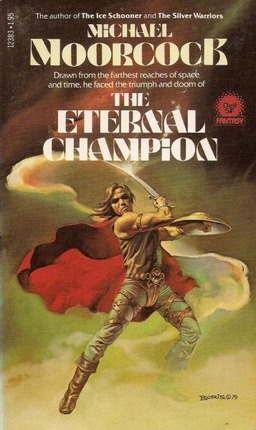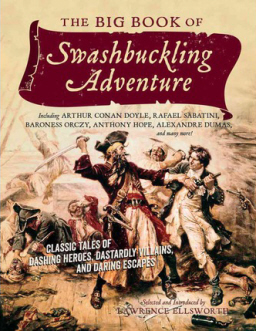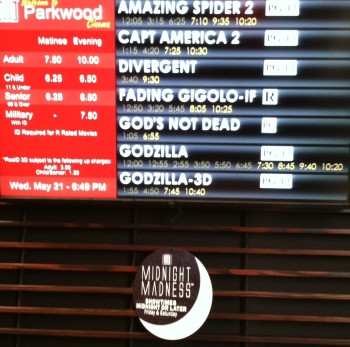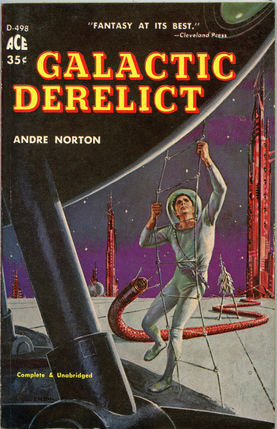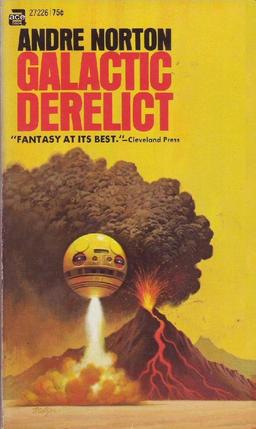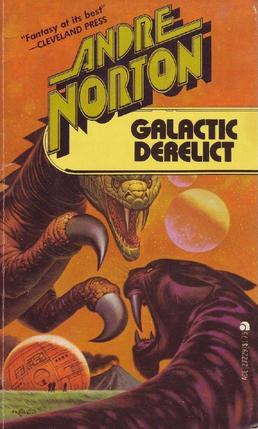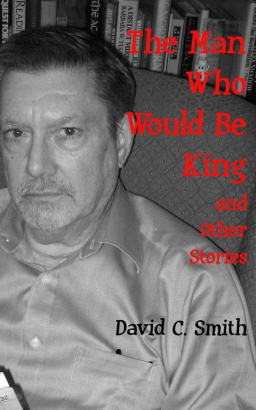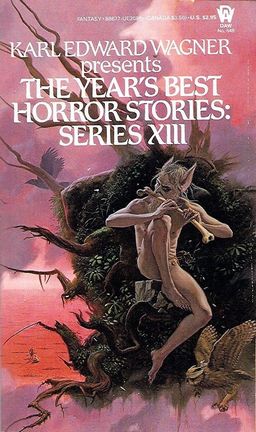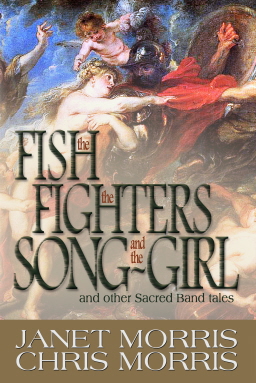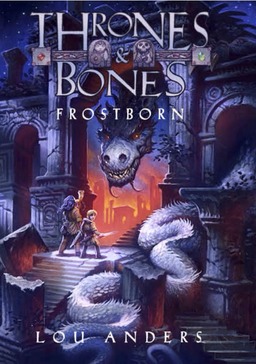Going Home
 I’ve lived away from the house where I grew up since I went off to college at the age of 17. That was only a couple of years shy of three decades ago (yikes!). Since then, I’ve lived in three different cities, including one in another country. By any reasonable measure, I’ve spent more years living somewhere other than that house than I ever did under its roof. Yet, no matter how long it’s been since I last lived there, no matter how long it’s been since I last visited it, whenever I return, I’m home. Indeed, when I talk about my parents’ house and the city where it’s located, I reflexively use the term “home” for both, this despite the fact that I’ve now lived with my wife as long as I ever lived with my parents.
I’ve lived away from the house where I grew up since I went off to college at the age of 17. That was only a couple of years shy of three decades ago (yikes!). Since then, I’ve lived in three different cities, including one in another country. By any reasonable measure, I’ve spent more years living somewhere other than that house than I ever did under its roof. Yet, no matter how long it’s been since I last lived there, no matter how long it’s been since I last visited it, whenever I return, I’m home. Indeed, when I talk about my parents’ house and the city where it’s located, I reflexively use the term “home” for both, this despite the fact that I’ve now lived with my wife as long as I ever lived with my parents.
It’s a strange habit of mind, one I doubt is unique to me and that manifests itself in other ways. Since high school, for example, I’ve studied four different foreign languages. Just last week, I started learning a new one. Even though I attained a reasonable degree of literacy in all of them, I never gained significant verbal fluency, in large part because I never learned to think in another language. I am always thinking in English and mentally translating from it to whatever other language I am attempting to speak. In short, I continue to be an English speaker, even when I am trying to speak French or German.
Though Dungeons & Dragons was my first roleplaying game and a staple of my hobby for more than a decade, by the mid-90s, I’d largely stopped playing it. The reasons for my doing so are several and not very important. Shortly before Wizards of the Coast released its new edition – Third Edition or 3e – I was working as a writer at a games magazine and was given early access to the forthcoming rulebooks as background for an article I was tasked to write. I did not expect to like the new edition, let alone like it enough that I’d come back to D&D after a prolonged absence, but I did. I owe Wizards of the Coast a big debt of thanks for having helped me to fall in love with Dungeons & Dragons again.
Over the next six years or so, I played Third Edition intensely. I got to know the game and its rules very well, so well, in fact, that I started to find them ponderous to the point where they were getting in the way of the kind of tabletop experience I wanted. This led me to start to think seriously about what I liked in RPGs and how I could best get it. Ultimately, that thinking led me back, ironically, to the games I’d played in my youth, including the earliest editions of Dungeons & Dragons.
